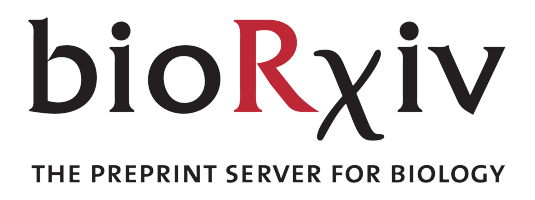Precise detection of pH inside large unilamellar vesicles using membrane-impermeable dendritic porphyrin-based nanoprobes
Key Takeaways
This 2009 paper serves as the origin story of Labbot. Faced with the need to characterize the response of a pH sensitive probe with very high precision, Thom decided to automate the task. The device featured a CCD detector with the capacity to automatically record absorbance spectra as a set of computer controlled syringe pumps added small volumes of acid or base.It was clear already from the beginning that this method not only reduced the hassle of making these measurements, but also greatly improved the data density, quality and precision.
Abstract
Accurate real-time measurements of proton concentration gradients are pivotal to mechanistic studies of proton translocation by membrane-bound enzymes. Here we report a detailed characterization of the pH-sensitive fluorescent nanoprobe Glu3, which is well suited for pH measurements in microcompartmentalized biological systems. The probe is a polyglutamic porphyrin dendrimer in which multiple carboxylate termini ensure its high water solubility and prevent its diffusion across phospholipid membranes. The probe’s pK is in the physiological pH range, and its protonation can be followed ratiometrically by absorbance or fluorescence in the ultraviolet-visible spectral region. The usefulness of the probe was enhanced by using a semiautomatic titration system coupled to a charge-coupled device (CCD) spectrometer, enabling fast and accurate titrations and full spectral coverage of the system at millisecond time resolution. The probe’s pK was measured in bulk solutions as well as inside large unilamellar vesicles in the presence of physiologically relevant ions. Glu3 was found to be completely membrane impermeable, and its distinct spectroscopic features permit pH measurements inside closed membrane vesicles, enabling quantitative mechanistic studies of membrane-spanning proteins. Performance of the probe was demonstrated by monitoring the rate of proton leakage through the phospholipid bilayer in large vesicles with and without the uncoupler gramicidin present. Overall, as a probe for biological proton translocation measurements, Glu3 was found to be superior to the commercially available pH indicators.
Other Publications Featuring Labbot

Phase separation of protein kinase A regulatory subunits is driven by similar inter- and intra-molecular interactions involving the inhibitory segment
In the cell, proteins can phase separate to form local, transient compartments that regulate key functions. But what are the driving forces behind this, and how does it relate to other types of protein interactions? To address this, the Magnus Kjærgaard research group in Aarhus developed a framework to quantify the distinct energetic forces governing these interactions.

Effects of solution conditions on the self-assembly of the chaperone protein DNAJB6b
Our cells are kept clean by a host of protein chaperones that prevent the buildup of misfolded proteins linked to dementia and other diseases. In this study, the Sara Linse group takes a close look at one such chaperone, DNAJB6b, exploring how it forms clusters of different sizes under various conditions. This clustering behaviour appears to be central to DNAJB6b’s remarkable ability to suppress protein aggregation.

Tunable self-association of partially dephosphorylated beta-casein
Adapting milk protein from cows for human infant nutrition requires an in-depth understanding of how the proteins differ. In this collaboration between the University of Copenhagen and Arla Foods Ingredients, the authors explored how calcium and phosphorylation state govern the self-association of industrially prepared β-casein.

